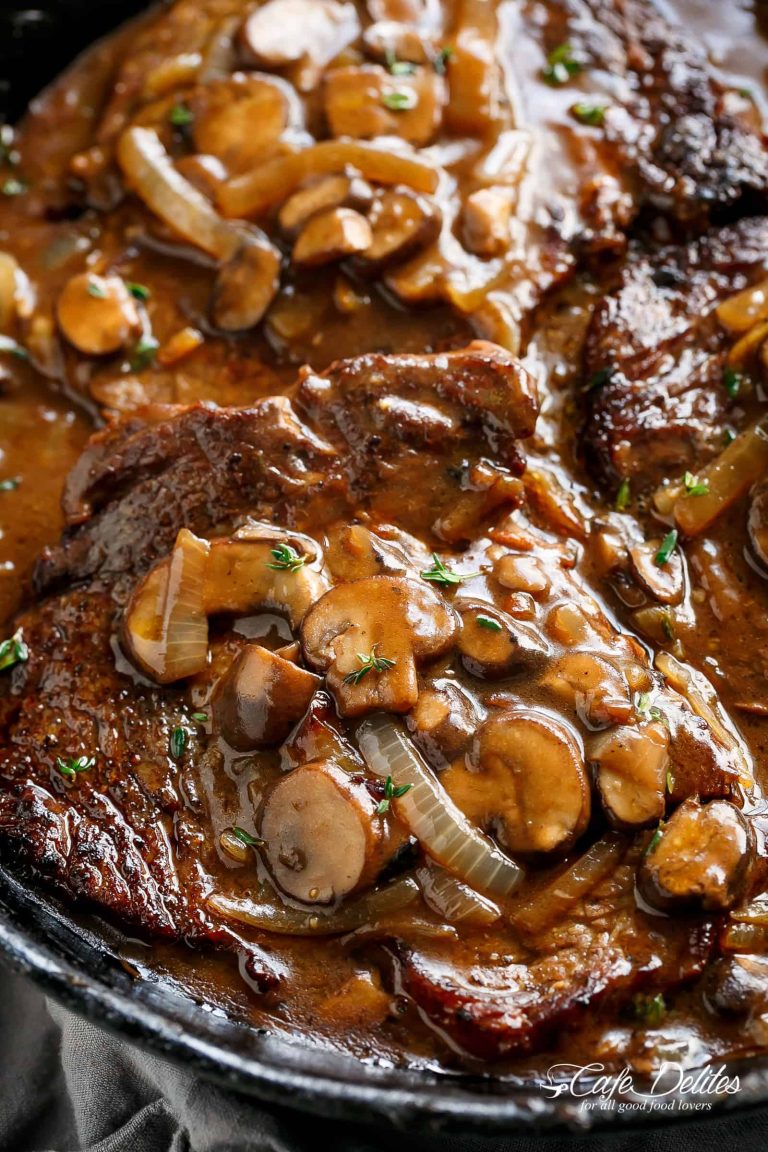Miso Sesame Dressing: Recipe, Benefits, and Pairing Ideas
Miso sesame dressing combines miso paste, sesame oil, and rice vinegar to create a savory, nutty, and slightly tangy flavor profile. The core ingredient, miso paste, adds umami. To balance the richness, sesame oil imparts a toasty aroma. Rice vinegar introduces a hint of acidity, complementing the other flavors. Optional ingredients like honey, soy sauce, and garlic can add sweetness, saltiness, or pungency. This dressing’s versatility makes it suitable for various dishes.
Culinary Origins and Uses
Rooted in Japanese cuisine, miso sesame dressing reflects the country’s culinary tradition of combining umami-rich ingredients. Historically, miso has been a cornerstone in Japanese cooking, known for its deep flavors and nutritional benefits. Sesame oil, another staple, underscores the importance of nutty elements in Japanese dishes. Today, this dressing is not confined to salads. You can drizzle it over steamed vegetables, use it as a marinade for proteins (e.g., chicken, tofu), or mix it into grain bowls for added depth. It seamlessly integrates into various recipes, enhancing the flavor profile with minimal effort.
Health Benefits of Miso Sesame Dressing
Nutritional Components
Miso sesame dressing offers essential nutrients for your body. Miso provides protein, vitamins B12, E, and K, and various minerals like zinc and manganese. Sesame oil contributes healthy fats, including omega-3 and omega-6 fatty acids. Rice vinegar adds a touch of acetic acid, known for its potential benefits to blood sugar levels.
A 2-tablespoon serving of miso sesame dressing typically contains:
| Nutrient | Amount |
|---|---|
| Calories | 100-120 |
| Protein | 2-3 grams |
| Carbohydrates | 8-10 grams |
| Fat | 8-10 grams |
| Sodium | 500-700 mg |
| Fiber | 0.5-1 gram |
Advantages of Miso in Your Diet
Adding miso to your diet offers several health benefits. Miso is a fermented food, supporting gut health by contributing probiotics that enhance digestion. Its high protein content aids muscle repair and growth, making it suitable after workouts. Miso is rich in antioxidants, potentially reducing inflammation.
If consumed frequently, miso may lower blood pressure due to its beneficial compounds. Despite its high sodium content, miso’s isoflavones could help reduce cardiovascular risks, as noted in some studies (American Heart Association). Ensure moderation to balance sodium intake. Miso also offers a plant-based, nutrient-dense alternative to animal protein, aligning with vegetarian or vegan diets.
How to Make Miso Sesame Dressing at Home
Necessary Ingredients
Creating miso sesame dressing requires a few essential ingredients:
- White Miso Paste: 2 tablespoons, for a savory umami flavor.
- Sesame Oil: 1 tablespoon, offering nutty richness.
- Rice Vinegar: 1 tablespoon, providing a tangy balance.
- Honey or Maple Syrup: 1 teaspoon, adding a touch of sweetness (optional).
- Soy Sauce: 1 teaspoon, enhancing the savory depth (optional).
- Garlic: 1 clove, finely minced, for a slight kick (optional).
- Water: 2-3 tablespoons, to achieve desired consistency.
- Sesame Seeds: 1 teaspoon, for garnish and added texture.
- Combine Ingredients: In a small bowl, add white miso paste, sesame oil, rice vinegar, and honey (if using). Mix well until smooth.
- Add Water: Gradually stir in water, one tablespoon at a time, until the dressing reaches your desired consistency.
- Incorporate Optional Ingredients: If using soy sauce and garlic, mix them into the dressing after adding water.
- Whisk Thoroughly: Use a whisk to ensure all ingredients are well combined and the dressing is smooth.
- Garnish: Sprinkle sesame seeds on top before serving.
Making miso sesame dressing at home is straightforward, and the result is a flavorful, versatile dressing that elevates any dish.
Pairing Miso Sesame Dressing with Foods
Best Dishes to Complement
Pair miso sesame dressing with salads, grain bowls, and roasted vegetables for optimal taste. Salads with leafy greens, cucumbers, and shredded carrots benefit from the dressing’s umami and slightly sweet flavors. Grain bowls featuring quinoa, brown rice, and farro also pair well with it, providing a nutty companion to the grain’s earthy taste. Roasted vegetables like Brussels sprouts, sweet potatoes, and cauliflower gain a rich, savory coating with this dressing.
Creative Uses in Everyday Cooking
Use miso sesame dressing as a marinade, dipping sauce, or sandwich spread for added versatility. For marinade, coat your tofu, chicken, or salmon before grilling or baking to infuse umami flavor. As a dipping sauce, mix it with fresh spring rolls, potstickers, or tempura for a tangy twist. Spread it on sandwiches, especially in wraps filled with veggies and lean protein, for an extra layer of taste. These applications leverage the dressing’s unique flavor profile to enhance diverse dishes.
Conclusion
Miso sesame dressing is a game-changer in the kitchen. Its rich, savory, and slightly tangy flavor elevates any dish, from salads to grain bowls to roasted vegetables. With simple ingredients and straightforward preparation, you can easily whip up this versatile dressing at home. Plus, its health benefits make it a nutritious addition to your meals. Experiment with it as a marinade, dipping sauce, or even a sandwich spread. Embrace the delicious and wholesome world of miso sesame dressing and watch your culinary creations come to life.






